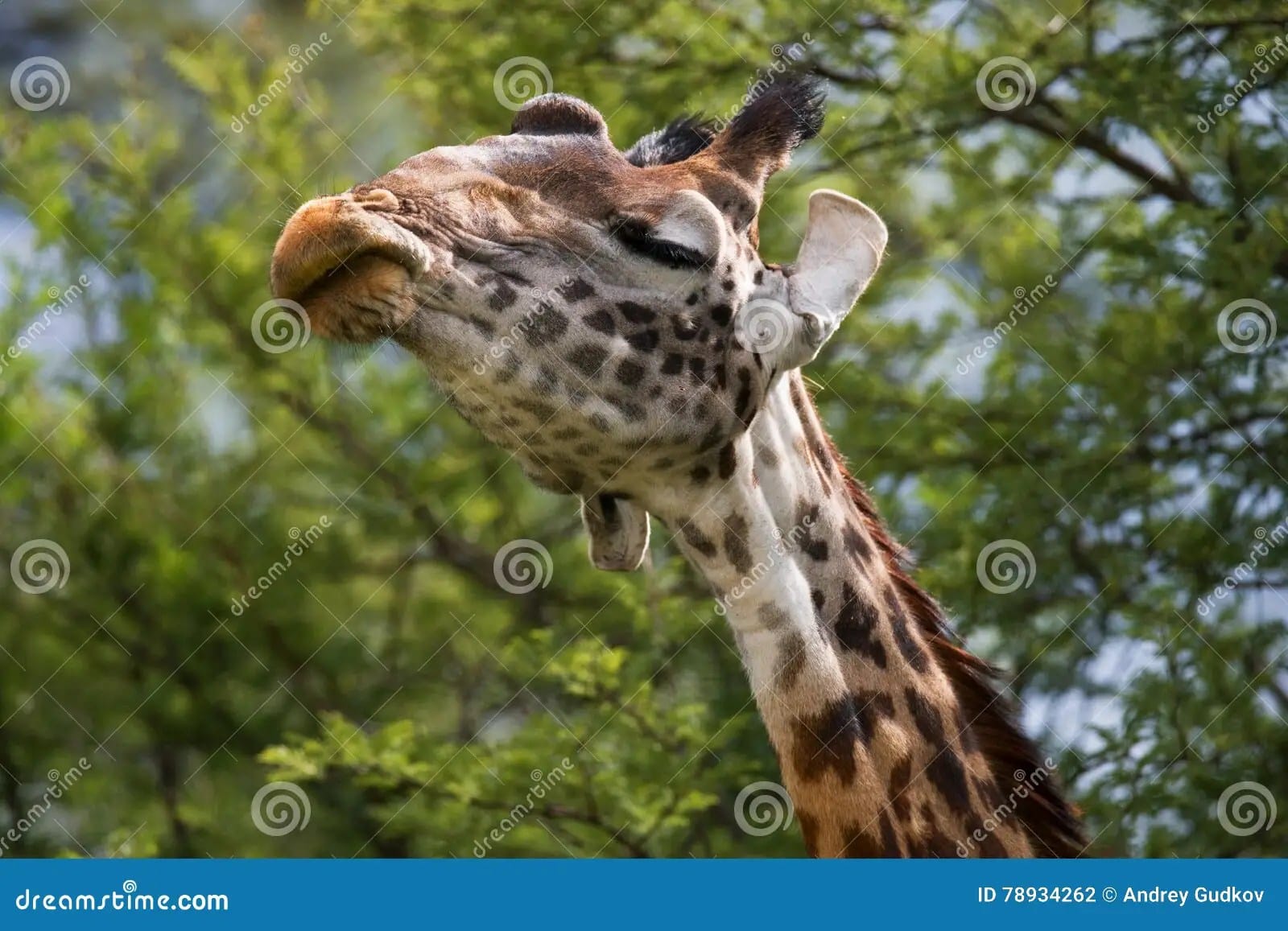The Sound of “Giraffge”: Exploring Charlie Yin’s Musical World
Ever misspelled something so badly it took on a life of its own? That’s giraffge, the brainchild of Charlie Yin, an electronic music producer known for defying genres. And yes, the misspelling is intentional – get ready to embrace it.
Hailing from the vibrant Bay Area music scene, Yin’s giraffge project is a sonic journey. Imagine the dreamy textures of chillwave colliding with the futuristic beats of future bass, and you’re getting close. But giraffge transcends labels; it’s about crafting immersive soundscapes that take listeners on a ride.
Yin’s musical roots run deep, starting with classic electronica and the energy of IDM. Early tracks and remixes quickly gained online attention, leaving listeners wondering, “Who is this giraffge?”
Never one to stagnate, giraffge‘s music evolved, incorporating elements of trip-hop, ambient sounds, and a steady downtempo groove. It’s electronic music, but with a unique twist that defies categorization.
Critics have praised giraffge‘s innovative production and emotionally resonant music. It’s music that translates seamlessly from festival stages to late-night drives.
But giraffge is more than just sound. Yin’s visual style, evident in album art and live shows, creates an immersive, otherworldly experience.
The impact of giraffge is undeniable, influencing a new wave of electronic music. Through collaborations and a reach extending to video games and television, Yin’s sound is leaving its mark.
What’s next for giraffge? One thing’s for sure: it will be creative, unconventional, and guaranteed to make you move. Keep your ears open – giraffge is just getting started.
Giraffes: Unveiling Fun Facts About the World’s Tallest Mammal
Now that we’ve explored the musical world of “Giraffge,” let’s turn our attention to the real-life superstars – giraffes! These gentle giants, towering over the African savanna, are a sight to behold. Let’s dive into some fascinating facts about these incredible creatures.
Reaching New Heights: How Tall Are Giraffes?
Giraffes are the undisputed champions of height in the mammal world. Imagine a creature taller than a double-decker bus – that’s a giraffe! They can reach a staggering height of 18 feet, giving them a unique advantage when it comes to finding food. Their long necks allow them to reach the most succulent leaves high up in the acacia trees.
Picky Eaters: The Acacia Tree Connection
Those long necks aren’t just for show—they are essential for survival. Giraffes have a particular fondness for acacia leaves, which are rich in nutrients and relatively low in moisture. Their prehensile tongues, which can grow up to 20 inches long, are perfectly adapted for grasping and stripping leaves from branches.
Masters of Disguise: Camouflage and Unique Patterns
Giraffes are masters of camouflage. Their beautiful coats, with a patchwork of brown, cream, and black patches, help them blend seamlessly into the dappled light of the savanna. Just like human fingerprints, no two giraffes have the same pattern!
The Silent Giants: Communication in the Savanna
Despite their size, giraffes are surprisingly quiet. They communicate through low rumbles and hisses that can travel considerable distances. These subtle sounds help them stay connected with each other, especially in dense vegetation or during the night.
Built for Survival: Thriving in a Challenging Environment
Life on the African savanna is demanding, but giraffes have evolved to thrive in this environment. Their long legs are perfect for covering long distances in search of food and water, while their thick skin protects them from the scorching sun and thorny bushes. They even have a specialized circulatory system that ensures their brains receive sufficient blood flow, even when their necks are fully extended.
A Towering Society: Life in a Giraffe Community
Giraffes are social animals that live in loose-knit groups called “towers.” These groups can range in size from a few individuals to over a hundred. However, life within these towers is not always harmonious. A complex social hierarchy exists, with dominant males and females leading the pack and engaging in friendly sparring matches to maintain their position.
A Shadow Looms: Threats to Giraffe Populations
Despite their impressive size and adaptations, giraffes face increasing threats. Habitat loss, poaching, and human-wildlife conflict are pushing these gentle giants towards an uncertain future. The International Union for Conservation of Nature (IUCN) has classified some giraffe species as “Endangered” or “Vulnerable.”
A Glimmer of Hope: Conservation Efforts and a Brighter Future
Fortunately, there is still hope. Numerous organizations are dedicated to protecting giraffes and their habitats. They are working tirelessly to combat poaching, promote coexistence between humans and wildlife, and protect crucial habitats. By raising awareness and supporting these conservation heroes, we can all contribute to ensuring the survival of these magnificent creatures.
Beyond the Neck: Debunking Common Giraffe Myths
We’ve all heard fascinating stories about giraffes, but are they true? Let’s separate fact from fiction as we debunk some common myths surrounding these gentle giants.
Myth 1: Giraffes’ Long Necks Are Solely for Reaching High Leaves
While a giraffe’s long neck is undeniably advantageous for accessing food high up in trees, it also plays a crucial role in their mating rituals. Male giraffes with longer necks often have an advantage when attracting a mate. This suggests that sexual selection, the process by which certain traits become more common due to their role in attracting mates, has likely played a significant role in the evolution of giraffe neck length.
Myth 2: There Is Only One Giraffe Species
Contrary to popular belief, there isn’t just one type of giraffe. Recent genetic research suggests that there are at least four distinct species of giraffe: Northern, Southern, Masai, and Reticulated giraffes. Each species possesses unique physical characteristics, behaviors, and faces its own set of conservation challenges.
Myth 3: Giraffes Are Solitary Animals
Giraffes are not solitary creatures. While they may not form tight-knit social groups like some other animals, they do live in loose herds called “towers.” Within these groups, they communicate with each other through various sounds and work together to raise their young and watch for danger.
Myth 4: Giraffes Are Defenseless Due to Their Height
Don’t let their gentle nature fool you—giraffes are not defenseless. Those long legs are not just for show; they can deliver incredibly powerful kicks capable of deterring even large predators like lions. Furthermore, giraffes can communicate through infrasound, sounds that are too low for humans to hear. Scientists believe they may use infrasound to communicate over long distances or perhaps even startle potential threats.
Myth 5: Giraffes Are Not Facing Conservation Threats
This is perhaps the most dangerous myth of all. Giraffes are facing a very real threat of extinction. Habitat loss, poaching, and human-wildlife conflict are taking a toll on giraffe populations across their range. Many giraffe subspecies are now considered endangered or vulnerable, highlighting the urgent need for conservation efforts.
A Visual Journey: Experiencing the World of Giraffes
Imagine yourself standing on the vast African savanna, the warm sun on your face, and the gentle breeze carrying the scents of the wild. As you look out across the golden grasslands, your eyes are drawn upwards to the majestic sight of giraffes. These gentle giants, with their towering height and striking appearance, have captivated our imagination for centuries.
Their most remarkable feature is their extraordinary height. Male giraffes can grow up to 18 feet tall! Their impossibly long necks, which, believe it or not, have the same number of vertebrae as a human neck (seven!), are key to their survival. These elongated vertebrae allow them to reach high into the acacia trees, their preferred food source, and access leaves that other herbivores can only dream of.
Their beautiful coats, with unique patterns of spots that act like fingerprints, help them blend into the dappled light of the savanna. These patterns not only provide camouflage but also help giraffes recognize each other.
While they may appear solitary at times, giraffes are actually quite social animals. They live in loose-knit groups called “towers” and communicate with each other through a variety of sounds, from grunts and snorts to low-frequency rumbles that can travel surprisingly long distances across the savanna.
Despite their gentle nature, giraffes are more than capable of defending themselves. Their powerful legs can deliver a forceful kick, and their hearts are a marvel of evolution, pumping blood all the way up their long necks with remarkable efficiency.
Sadly, the future of these incredible animals is uncertain. Habitat loss due to human encroachment, poaching for their meat, hide, and even tail hair, and increasing conflicts with humans all pose significant threats to giraffe populations. Conservation efforts are not just important—they’re crucial for their survival. Establishing protected areas, cracking down on poaching, and working with local communities to promote coexistence are vital steps in safeguarding these gentle giants for future generations.
“Giraffe” vs. “Giraffge”: Celebrating Diversity, Correcting Misspellings
By now, we’ve established that giraffes are amazing creatures, but let’s address the “elephant in the room,” or rather, the extra “f” in the room. You see, “giraffge” is a common misspelling that even the most skilled spellers stumble upon. It’s like the mischievous twin of “giraffe,” the correct spelling for the long-necked wonders roaming the African savanna.
While “giraffge” might be a simple misspelling, the differences between giraffe species are what truly sets them apart. It’s time to ditch the misconception of a single, uniform giraffe and embrace the remarkable diversity within this iconic species!
Beyond the Safari: How You Can Make a Difference for Giraffes
The plight of giraffes might seem distant, but the truth is, we all have a role to play in their conservation. Our everyday choices can have a ripple effect, extending across continents to impact these gentle giants. Here’s how you can become a part of the solution:
1. Be a Giraffe-Friendly Shopper
Believe it or not, the choices we make as consumers can directly impact giraffe populations. Products made from giraffe parts, such as souvenirs, traditional medicines, and even fashion accessories, contribute to the demand that fuels poaching. By making conscious purchasing decisions, we can help curb this harmful trade. Here’s how:
- Read Labels Carefully: Before purchasing souvenirs, clothing, or traditional medicines, especially those marketed as containing animal products, take the time to read labels and inquire about their origins.
- Support Sustainable and Ethical Brands: Seek out companies that prioritize sustainability, ethical sourcing, and transparency in their supply chains. Look for certifications that verify their commitment to conservation, such as those from the Fair Trade Federation or the Forest Stewardship Council.
- Spread the Word: Share your knowledge with friends, family, and your broader network. The more people understand the consequences of their purchasing decisions, the greater the impact we can have collectively.
2. Team Up with the Experts: Supporting Giraffe Conservation Organizations
There are dedicated individuals and organizations working tirelessly on the frontlines of giraffe conservation. By supporting their efforts, we can contribute directly to the research, protection, and community-based initiatives that are making a real difference. Here’s how to get involved:
- Donate Your Time or Resources: Many organizations rely on the generosity of donors to fund their crucial work. Even small contributions can make a meaningful difference. Consider making a one-time donation or setting up a recurring donation to an organization aligned with your values.
- Participate in Fundraising Events: Attend or organize fundraising events to raise awareness and generate financial support for giraffe conservation.
- Volunteer Your Skills: Many organizations welcome volunteers with a diverse range of skills, from writing and graphic design to event planning and social media management.
Organizations to Consider:
- Giraffe Conservation Foundation (GCF): As the only NGO solely dedicated to giraffe conservation in the wild, GCF conducts vital research, implements anti-poaching patrols, and works closely with local communities to promote coexistence and sustainable development.
- African Wildlife Foundation (AWF): AWF takes a holistic approach to conservation, addressing the interconnected challenges facing wildlife and people. Their giraffe conservation initiatives include habitat protection, human-wildlife conflict mitigation, and community-based conservation programs.
3. Become a Giraffe Ambassador: Raising Awareness and Inspiring Action
Knowledge is power, and spreading awareness about the plight of giraffes is crucial in galvanizing action. By sharing information and engaging in meaningful conversations, we can amplify the message of giraffe conservation and inspire others to join the movement. Here are a few ways to get started:
- Start Conversations: Talk to your friends, family, colleagues, and even strangers about giraffes and the challenges they face. Share interesting facts, stories, and images to spark curiosity and concern.
- Harness the Power of Social Media: Leverage the reach of social media platforms to share information, raise awareness, and mobilize support for giraffe conservation. Follow and share content from reputable organizations, use relevant hashtags, and engage in constructive conversations online.
- Contact Your Elected Officials: Make your voice heard in the political arena by contacting your elected officials to express your support for wildlife conservation policies and funding for giraffe-specific initiatives.
4. Travel with Purpose: Choosing Ethical and Sustainable Tourism
For those bitten by the travel bug, experiencing the magic of giraffes in their natural habitat is an unforgettable adventure. However, it’s crucial to ensure our travels benefit both giraffes and the communities that live alongside them. Here’s how to make your next trip giraffe-friendly:
- Select Reputable Tour Operators: Opt for tour companies that are committed to responsible tourism practices, such as minimizing their environmental impact, supporting local communities, and contributing to conservation efforts.
- Choose Accommodations Wisely: Support eco-lodges and hotels that prioritize sustainability, conservation, and community development.
- Respect Wildlife and Their Habitat: Remember that you are a visitor in the giraffes’ home. Observe wildlife from a safe distance, avoid making loud noises or sudden movements, and never attempt to feed or touch them.
By making mindful choices as consumers, supporting conservation organizations, raising awareness, and traveling responsibly, we can collectively make a positive impact on the future of giraffes. These gentle giants need our voices and our actions to ensure they continue to grace the African savanna for generations to come.
Conclusion
From the intriguing soundscapes of “Giraffge” to the awe-inspiring presence of giraffes in the wild, this exploration has revealed the beauty, complexity, and fragility of these remarkable creatures. It’s a reminder that even the most common misspellings can lead us to discover something extraordinary. As we’ve delved into the lives of giraffes, we’ve uncovered the urgent need for conservation efforts to protect these gentle giants from the growing threats they face.
Discover the grandeur of our giant nutcracker 6ft, an awe-inspiring addition to your festive decor. Delve into the intricacies of nature by exploring the gestation period of whitetail deer, gaining fascinating insights into the life cycle of these majestic creatures.
- Mastering Leader in Spanish: The Complete Guide - April 19, 2025
- Uncovering Surprising Parallels: England Size Compared to US States - April 19, 2025
- Old Mexico Map: Border Shifts 1821-1857 - April 19, 2025
















